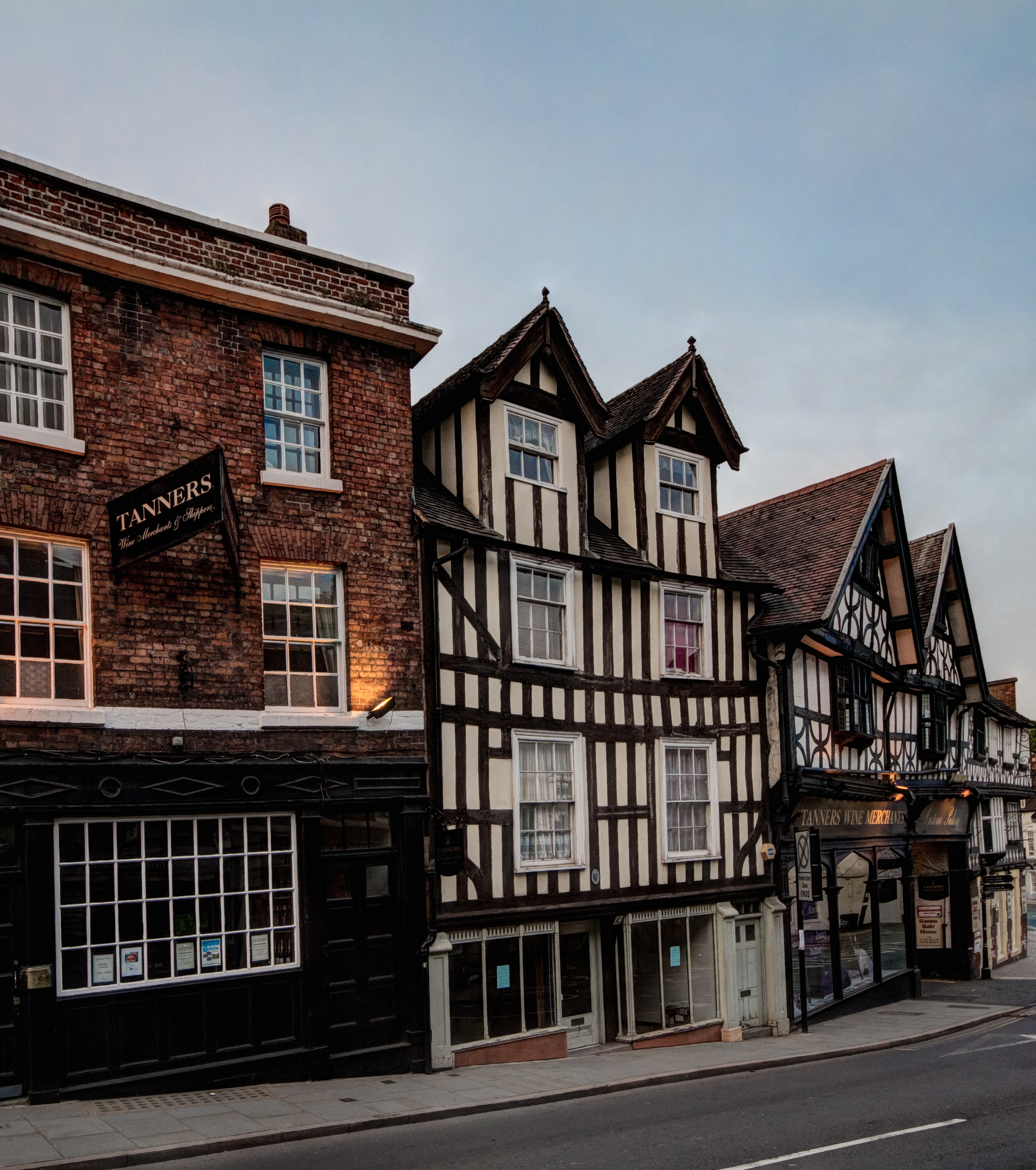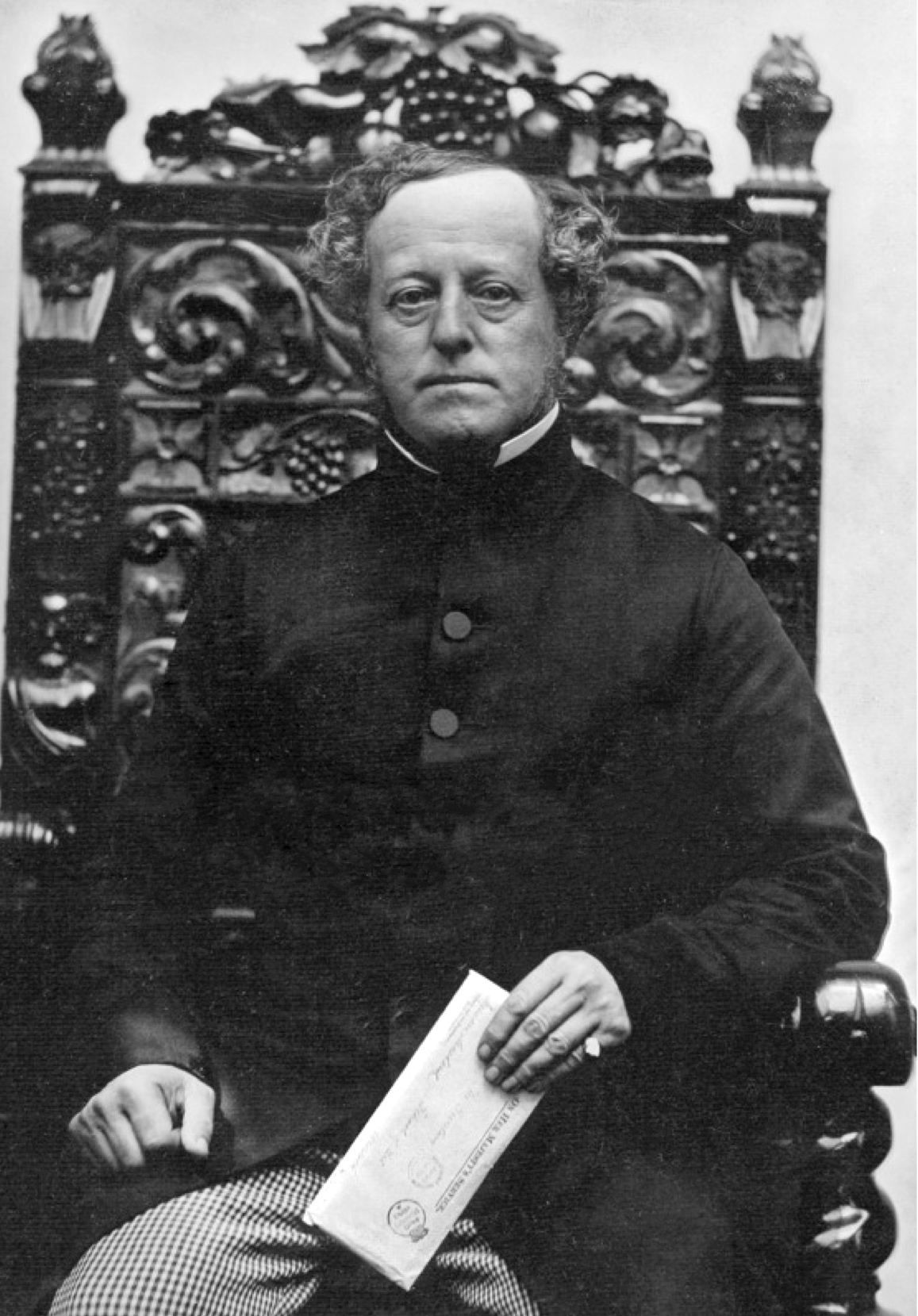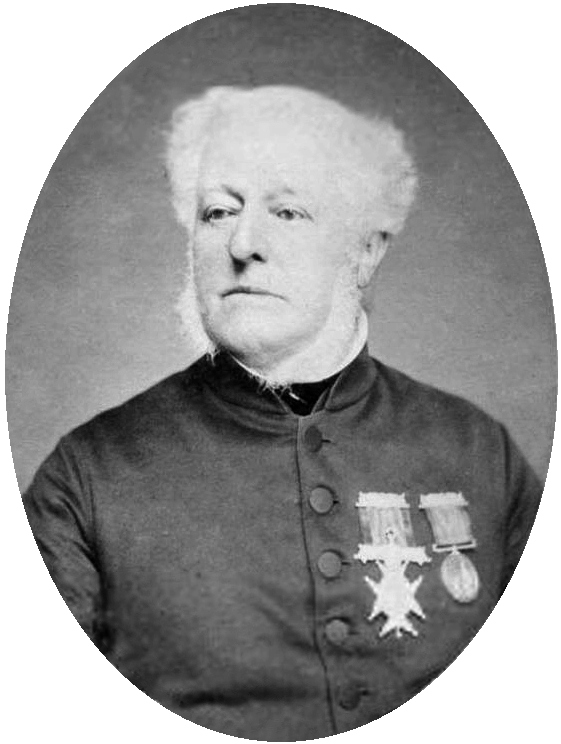|
John Weld-Forester, 2nd Baron Forester
John George Weld Weld-Forester, 2nd Baron Forester PC (9 August 1801 – 10 October 1874), was a British Tory politician. He served as Captain of the Honourable Corps of Gentlemen-at-Arms under Sir Robert Peel from 1841 to 1846. Background Forester, born in Sackville Street, London, was the eldest son of Cecil Weld-Forester, 1st Baron Forester, and Lady Katherine Mary Manners, daughter of Charles Manners, 4th Duke of Rutland.Kidd, Charles, Williamson, David (editors). ''Debrett's Peerage and Baronetage'' (1990 edition). New York: St Martin's Press, 1990, The Prince of Wales, later King George IV, a friend of his father, was godfather., Political career Forester was elected to the House of Commons for Wenlock in 1826, a seat he held until 1828, when he succeeded his father as second Baron Forester and entered the House of Lords. In 1841 he was appointed Captain of the Honourable Corps of Gentlemen-at-Arms in the Tory administration of Sir Robert Peel, which he remained until ... [...More Info...] [...Related Items...] OR: [Wikipedia] [Google] [Baidu] |
The Right Honourable
''The Right Honourable'' (abbreviation: ''Rt Hon.'' or variations) is an honorific Style (form of address), style traditionally applied to certain persons and collective bodies in the United Kingdom, the former British Empire and the Commonwealth of Nations. The term is predominantly used today as a style associated with the holding of certain senior public offices in the United Kingdom, Canada, New Zealand, and to a lesser extent, Australia. ''Right'' in this context is an adverb meaning 'very' or 'fully'. Grammatically, ''The Right Honourable'' is an adjectival phrase which gives information about a person. As such, it is not considered correct to apply it in direct address, nor to use it on its own as a title in place of a name; but rather it is used in the Grammatical person, third person along with a name or noun to be modified. ''Right'' may be abbreviated to ''Rt'', and ''Honourable'' to ''Hon.'', or both. ''The'' is sometimes dropped in written abbreviated form, but is al ... [...More Info...] [...Related Items...] OR: [Wikipedia] [Google] [Baidu] |
Shrewsbury (UK Parliament Constituency)
Shrewsbury was a parliamentary constituency in England, centred on the town of Shrewsbury in Shropshire. It was founded in 1290 as parliamentary borough, returning two members to the House of Commons of England until 1707, then of the House of Commons of Great Britain from 1707 to 1800, and of the House of Commons of the United Kingdom from 1801 to 1885. Under the Redistribution of Seats Act 1885, its representation was reduced to one Member of Parliament (MP). The parliamentary borough was abolished at with effect from the 1918 general election, and the name transferred to a new county constituency. The constituency was renamed Shrewsbury and Atcham, but continued with the exact same boundaries as had been in effect from 1974-1983. Famous MPs have included Sir Philip Sidney in 1581, Robert Clive (known as 'Clive of India') from 1761 to his death in 1774, and Benjamin Disraeli (later Prime Minister) in 1841–47. Boundaries 1918–1950: The Borough of Shrewsbury, and t ... [...More Info...] [...Related Items...] OR: [Wikipedia] [Google] [Baidu] |
Shrewsbury
Shrewsbury ( , also ) is a market town, civil parish, and the county town of Shropshire, England, on the River Severn, north-west of London; at the 2021 census, it had a population of 76,782. The town's name can be pronounced as either 'Shrowsbury' or 'Shroosbury', the correct pronunciation being a matter of longstanding debate. The town centre has a largely unspoilt medieval street plan and over 660 listed buildings, including several examples of timber framing from the 15th and 16th centuries. Shrewsbury Castle, a red sandstone fortification, and Shrewsbury Abbey, a former Benedictine monastery, were founded in 1074 and 1083 respectively by the Norman Earl of Shrewsbury, Roger de Montgomery. The town is the birthplace of Charles Darwin and is where he spent 27 years of his life. east of the Welsh border, Shrewsbury serves as the commercial centre for Shropshire and mid-Wales, with a retail output of over £299 million per year and light industry and distributi ... [...More Info...] [...Related Items...] OR: [Wikipedia] [Google] [Baidu] |
Royal Salop Infirmary
The Parade Shops, formerly the Royal Salop Infirmary, is a specialist shopping centre at St Mary's Place in Shrewsbury, Shropshire, England. It is a Grade II listed building. History The original facility on the site was the Salop Infirmary designed by William Baker of Audlem and completed in 1745, converting a mansion named Broom Hall which had been a local house of Corbet Kynaston. The infirmary was completely rebuilt to a design by Edward Haycock, with occasional inspections by Sir Robert Smirke, in the Greek Revival style in 1830. An additional wing was completed in 1870 and it was renamed the Royal Salop Infirmary in 1914. It joined the National Health Service The National Health Service (NHS) is the umbrella term for the publicly funded healthcare systems of the United Kingdom (UK). Since 1948, they have been funded out of general taxation. There are three systems which are referred to using the " ... in 1948. The hospital was closed, after structural difficulties w ... [...More Info...] [...Related Items...] OR: [Wikipedia] [Google] [Baidu] |
William Penny Brookes
William Penny Brookes (13 August 1809 – 11 December 1895) was an English surgeon, magistrate, botanist, and educationalist especially known for founding the Wenlock Olympian Games, inspiring the modern Olympic Games, and for his promotion of physical education and personal betterment. Brookes was born, lived, worked and died in the small market town of Much Wenlock, Shropshire, England. He was apprenticed to his father, Dr William Brookes, and later studied in London, England; Paris, France and Padua, Italy, before returning home to Much Wenlock in 1831.Wenlock Olympian Society archives Brookes was a social reformer, who campaigned to give opportunities for what he termed "every grade of man" to expand their knowledge and become mentally and physically fit. He established the Wenlock Agricultural Reading Society (WARS) in 1841 to provide the opportunity of acquiring knowledge but especially to provide opportunities for the working classes. The Society ran a library for w ... [...More Info...] [...Related Items...] OR: [Wikipedia] [Google] [Baidu] |
Wenlock Olympian Games
The Wenlock Olympian Games, dating from 1850, are a forerunner of the modern Olympic Games. They are organised by the Wenlock Olympian Society (WOS), and are held each year at venues across Shropshire, England, centred on the little market town of Much Wenlock. One of the two mascots for the 2012 Summer Olympics was named Wenlock in honour of the Wenlock Olympian Games. History On 25 February 1850 the Wenlock Agricultural Reading Society (WARS) resolved to establish a class called The Olympian Class – "for the promotion of the moral, physical and intellectual improvement of the inhabitants of the town and neighbourhood of Wenlock and especially of the working classes, by the encouragement of outdoor recreation, and by the award of prizes annually at public meetings for skill in athletic exercise and proficiency in intellectual and industrial attainments". The secretary of the class and driving force behind the Olympian Games was Dr William Penny Brookes who was inspired to cre ... [...More Info...] [...Related Items...] OR: [Wikipedia] [Google] [Baidu] |
Leicestershire
Leicestershire ( ; postal abbreviation Leics.) is a ceremonial and non-metropolitan county in the East Midlands, England. The county borders Nottinghamshire to the north, Lincolnshire to the north-east, Rutland to the east, Northamptonshire to the south-east, Warwickshire to the south-west, Staffordshire to the west, and Derbyshire to the north-west. The border with most of Warwickshire is Watling Street, the modern A5 road (Great Britain), A5 road. Leicestershire takes its name from the city of Leicester located at its centre and unitary authority, administered separately from the rest of the county. The ceremonial county – the non-metropolitan county plus the city of Leicester – has a total population of just over 1 million (2016 estimate), more than half of which lives in the Leicester Urban Area. History Leicestershire was recorded in the Domesday Book in four wapentakes: Guthlaxton, Framland, Goscote, and Gartree (hundred), Gartree. These later became hundred ... [...More Info...] [...Related Items...] OR: [Wikipedia] [Google] [Baidu] |
Montgomeryshire
, HQ= Montgomery , Government= Montgomeryshire County Council (1889–1974)Montgomeryshire District Council (1974–1996) , Origin= , Status= , Start= , End= , Code= MGY , CodeName= Chapman code , Replace= Powys , Motto= , Divisions= , DivisionsNames= , DivisionsMap= , Image= , image_caption = Broad Street and Montgomery Town Hall (2001) , Map= , Arms= , Civic= , PopulationFirst= 66,482Vision of Britain �1831 Census/ref> , PopulationFirstYear= 1831 , AreaFirst= , AreaFirstYear= 1831 , DensityFirst= 0.1/acre , DensityFirstYear= 1831 , PopulationSecond= 63,779 , PopulationSecondYear= 2011 , AreaSecond= , AreaSecondYear= 2011 , DensitySecond= ... [...More Info...] [...Related Items...] OR: [Wikipedia] [Google] [Baidu] |
Chartism
Chartism was a working-class movement for political reform in the United Kingdom that erupted from 1838 to 1857 and was strongest in 1839, 1842 and 1848. It took its name from the People's Charter of 1838 and was a national protest movement, with particular strongholds of support in Northern England, the East Midlands, the Staffordshire Potteries, the Black Country, and the South Wales Valleys. The movement was fiercely opposed by government authorities who finally suppressed it. Support for the movement was at its highest when petitions signed by millions of working people were presented to the House of Commons. The strategy employed was to use the scale of support which these petitions and the accompanying mass meetings demonstrated to put pressure on politicians to concede manhood suffrage. Chartism thus relied on constitutional methods to secure its aims, though some became involved in insurrectionary activities, notably in South Wales and in Yorkshire. The People's Char ... [...More Info...] [...Related Items...] OR: [Wikipedia] [Google] [Baidu] |
Wellington, Shropshire
Wellington is a market town in Telford and Wrekin, Shropshire, England. It is situated 4 miles (6 km) northwest of central Telford and 12 miles (19 km) east of Shrewsbury. The summit of The Wrekin lies 3 miles southwest of the town. The total town population of Wellington was 25,554 in 2011, making it by far the largest of the borough towns and the third largest town in Shropshire if counting it as its own town separate from Telford itself. History A church has stood for almost 1,000 years and a priest is mentioned in the Domesday Book. The original churchyard still remains. A new church, designed by George Steuart, was built in 1789. Wellington's first market charter was granted to Giles of Erdington, lord of the manor, in 1244 and a market still exists today. The market had an open-sided market hall by 1680, and possibly much earlier, but it was dismantled in about 1805. In 1841 a market company was formed to purchase the market rights from Lord Forester in 1856. ... [...More Info...] [...Related Items...] OR: [Wikipedia] [Google] [Baidu] |
Weston Park
Weston Park is a country house in Weston-under-Lizard, Staffordshire, England, set in more than of park landscaped by Capability Brown. The park is located north-west of Wolverhampton, and north-east of Telford, close to the border with Shropshire. The 17th-century Hall is a Grade I listed building and several other features of the estate, such as the Orangery and the Stable block, are separately listed as Grade II. Weston Park House and the surrounding parkland were given to the nation in 1986 by the 7th Earl of Bradford, with the support of the National Heritage Memorial Fund. It is now in the care of the trustees of the Weston Park Foundation. The house retains its art collection with over 30,000 objects and is open to the public. History Weston lies within land that was first mentioned in the Domesday Book when it was held by Norman Rainald de Bailleuil, Sheriff to Roger de Montgomery. The park is all that remains of the medieval deer park and forest. Origina ... [...More Info...] [...Related Items...] OR: [Wikipedia] [Google] [Baidu] |
Prime Minister Of The United Kingdom
The prime minister of the United Kingdom is the head of government of the United Kingdom. The prime minister advises the sovereign on the exercise of much of the royal prerogative, chairs the Cabinet and selects its ministers. As modern prime ministers hold office by virtue of their ability to command the confidence of the House of Commons, they sit as members of Parliament. The office of prime minister is not established by any statute or constitutional document, but exists only by long-established convention, whereby the reigning monarch appoints as prime minister the person most likely to command the confidence of the House of Commons; this individual is typically the leader of the political party or coalition of parties that holds the largest number of seats in that chamber. The prime minister is ''ex officio'' also First Lord of the Treasury, Minister for the Civil Service and the minister responsible for national security. Indeed, certain privileges, such as ... [...More Info...] [...Related Items...] OR: [Wikipedia] [Google] [Baidu] |
_(cropped).jpg)






.jpg)
